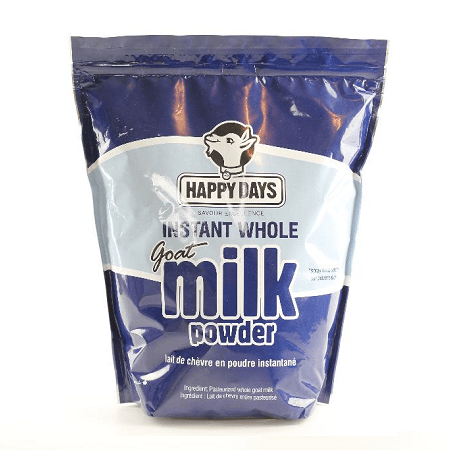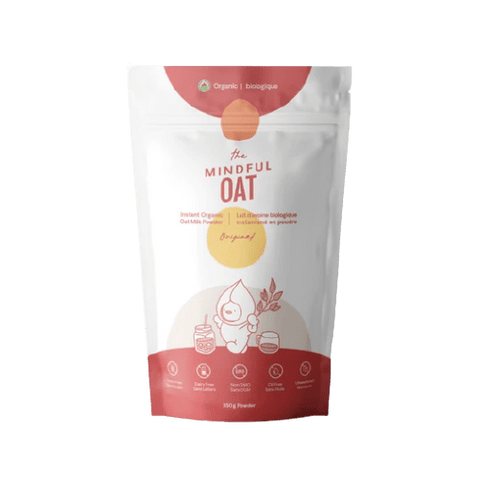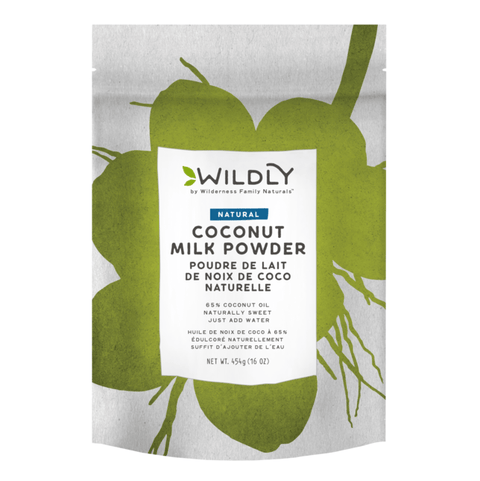Milk alternatives, also known as plant-based milk, non-dairy milk, dairy-free milk, vegan milk, or lactose-free milk, offer a variety of options for those who avoid dairy or prefer a plant-based diet.
Types of Milk Alternatives:
Here's a breakdown of some popular milk alternatives, highlighting their taste, texture, and uses:
- Almond Milk: Nutty flavor, smooth and creamy texture, light and naturally sweet. Available in sweetened and unsweetened varieties, some roasted or vanilla-flavored. Great for coffee, lattes, baking, and drinking. Also comes in barista blends specifically formulated for frothing and steaming.
- Soy Milk: Beany flavor, silky and thick texture, rich and creamy. Available in plain, vanilla, original, and chocolate-flavored varieties. A versatile option for coffee, lattes, baking, cooking, cereal, and smoothies. It froths well for a latte-like experience.
- Oat Milk: Whole grain oat flavor, full-bodied and creamy texture, with a slightly earthy note. Lightly sweet. Available in original, vanilla-flavored, and barista editions made for frothing. Great for coffee, lattes, baking, cooking, cereal, and smoothies due to its creamy texture.
- Coconut Milk: Tropical flavor, rich and velvety texture with a subtle sweetness. Light and comes in full-fat and creamed varieties. Primarily used in beverages (canned) but also for cooking in curries and Asian dishes.
- Rice Milk: Mild and slightly sweet flavor, watery and light texture. Available in sweetened and unsweetened varieties with a naturally sweet taste. Primarily used in cereal and smoothies due to its mild flavor and thin texture.
- Cashew Milk: Nutty flavor, creamy, rich, and silky smooth texture with a subtle sweetness. Available in blended varieties and barista blends. Great for coffee, lattes, smoothies, and drinking due to its creamy texture.
- Hemp Milk: Nutty and earthy flavor, mild and smooth texture. Available in original, unsweetened, and vanilla-flavored varieties. Primarily used for drinking and smoothies due to its mild flavor.
- Pea Milk: Legume flavor, rich and creamy texture, smooth with a mild taste. Available in original, vanilla-flavored, and unsweetened varieties. Often chosen for its protein content. Great for coffee, lattes, smoothies, and baking due to its creamy texture.
- Macadamia Milk: Nutty flavor, rich, smooth, and creamy texture with a subtle sweetness. Available in original, unsweetened, and vanilla-flavored varieties. Great for coffee, lattes, and smoothies due to its creamy texture.
Texture and Flavor
Milk alternatives come in a variety of textures and flavors:
- Texture: Creamy, smooth, silky, rich, light, subtle, velvety, frothy, thick, full-bodied
- Flavor: Nutty, beany, tropical, sweet, mild, earthy, subtly sweet
Uses and Applications
Milk alternatives can be used in many ways:
- Coffee and Lattes: Many milk alternatives, particularly barista blends, are formulated for frothing and steaming, making them ideal for lattes and cappuccinos.
- Baking and Cooking: Soy milk and some nut-based milks can be used in baking and cooking for a dairy-free alternative.
- Cereal: Most milk alternatives can be enjoyed over cereal.
- Smoothies: The creamy texture of many milk alternatives makes them a great base for smoothies.
- Drinking: Many milk alternatives are delicious on their own as a beverage.
- Frothing and Steaming: Some varieties are specifically designed to froth and steam well for latte-style drinks.
- Blending: Milk alternatives can be blended with fruits and vegetables for smoothies.
Packaging and Presentation:
Milk alternatives are typically found in:
- Cartons
- Bottles
- Tetra Paks
- Boxes
They can be:
- Refrigerated (fresh)
- Shelf-stable (long shelf life)
- Single-serve
Additional Considerations:
Organic: Organic milk alternatives are produced without synthetic pesticides or fertilizers.
Sustainable and Eco-friendly: Some milk alternatives have a lower environmental impact than dairy milk.
With so many milk alternatives available, you're sure to find one that suits your taste and dietary needs!







































